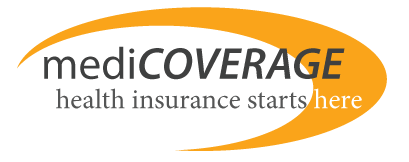HSA Contribution Limits
A Health Savings Account (HSA) allows you to set aside pre-tax money qualified medical expenses, but there are certain certain HSA contribution limits, which you’ll see listed below. This tool is available to you as a taxpayer if you are enrolled in what’s called a High Deductible Health Plan and if you use the funds in your HSA account only for qualified medical expenses. The HSA tax advantage works because you are not subject to federal income tax on the amount of money you put into the account. Unlike other types of accounts offered, these funds can roll over year after year, so that you can accumulate the funds for medical emergencies and other expenses, if necessary. You, the individual, own these funds as well, which is different than past health care payment funds. If you purchased an Anthem Lumenos HSA Colorado plan, this is an explanation of contribution limits, benefits, and costs.
Background:
With HSA funds, you can pay for qualified medical expenses without having to pay federal taxes on them. Similar to withdrawals from an IRA, you are penalized if you withdraw them for use that is not qualified under the plan—i.e. you use funds to pay for non-medical expenses or non-approved expenses. These accounts are part of what’s sometimes referred to as “consumer driven health care.” They were established as part of the Medicare Prescription Drug, Improvement and Modernization Act signed into law by President George W. Bush in 2003. HSAs were meant to replace the Medical Savings Account system, which were the types of accounts previously used as a means to pay for medical expenses by consumers.
HSA contribution limits and other rules of use:
As with IRAs, HSAs do have rules for use. You must be enrolled in a tax-qualified, HSA, high-deductible health plan. There is an advantage to making pretax contributions, because FICA and Medicare tax deduction savings can amount to 7.65% each to the employer and employee.
Contribution limits
There are limits to how much you can contribute to your HSA during the year. There are also minimum required plan deductibles and caps on out-of-pocket maximums for HSA-approved plans. The limits are listed below.
2016 Individuals / Families
Maximum Contribution $3,350 / $6,750
Minimum Deductible $1,300 / $2,600
Out-of-Pocket Maximum $6,550 / $13,100
2015 Individuals / Families
Maximum Contribution $3,350 / $6,650
Minimum Deductible $1,300 / $2,600
Out-of-Pocket Maximum $6,450 / $12,900
Investing funds:
You can invest HSA funds similar to the way you can invest individual retirement account funds. These earnings are not subject to taxation until you withdraw the money, and if the withdrawal is to pay for a qualifying medical expense, they remain not taxable. You can roll over HSAs from fund to fund, but you cannot roll them into an IRA or 401(k). Similarly, you cannot roll funds from an IRA or 401(k) into HSAs.
Investing through an employer:
If you invest through an employer, the funds will belong to you immediately, regardless of who deposited them. In addition, you don’t have to contribute to an employer-sponsored HSA, unless you want to.
Withdrawing HSA contributions:
You may withdraw HSA funds for qualified medical expenses at any time without being subject to federal taxes on that money. However, if you withdraw the funds for any other purpose, they may be subject to penalties or taxation.

Comments and Questions
Click to leave a Comment